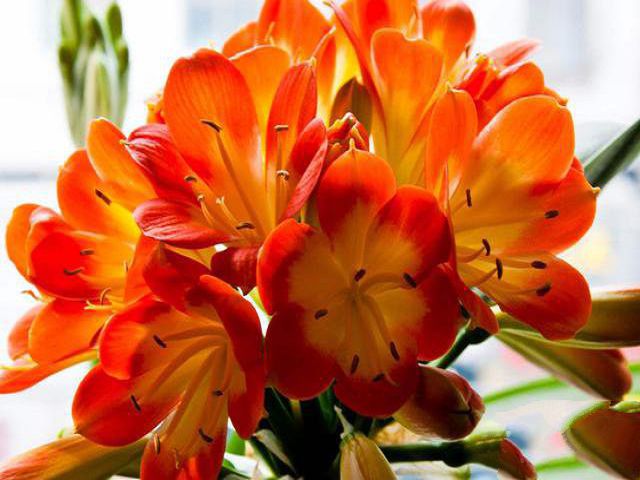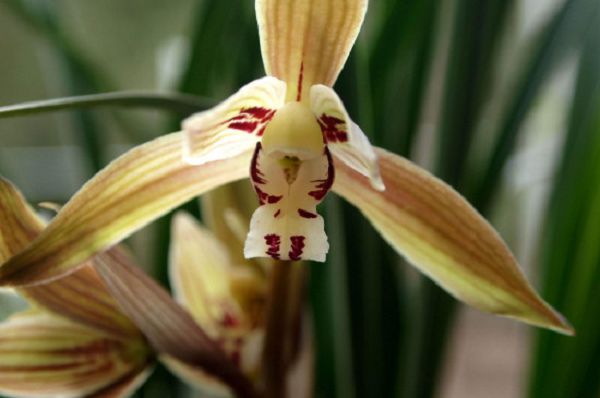What is the reason why orchids do not blossom? What if orchids don't blossom?
Orchid is one of the more simple and elegant flowers. Since ancient times, orchids have been liked by many writers and writers. Raising orchids in the study can increase the smell of books. Raising orchids in the living room can improve the elegant taste of the living room.
Although most people only care about the simple and elegant green leaves of orchids, many flower lovers hope that their orchids can grow a different color. This kind of orchid can highlight its elegant and simple style. So what is the reason why orchids do not bloom? Today, Hua'ergu will tell you what to do if the orchid doesn't blossom.
The common reasons for orchids not blooming are lack of nutrients, improper watering, insufficient temperature difference, environmental discomfort and so on. Let's study it in detail.
1. Lack of nutrients
Lack of nutrients will lead to orchids not blooming, it is common that the soil fertility is poor, at this time we need to promote its growth through human intervention and topdressing. Generally speaking, for the growth of orchids, we can use orchid special fertilizer to supplement the various nutrients needed for flowering and growth. If we don't buy special fertilizer. We can also use self-made rotten fertilizer cake water, in addition, we can also add a small amount of phosphorus and potassium fertilizer before flowering, which can promote orchid flowering and improve the resistance of orchid plants to diseases and insect pests.
2. Improper watering
The demand for water in orchid culture is relatively strict, if excessive watering will lead to stagnant water soaking roots to inhibit its growth will also inhibit its flowering. On the other hand, if the orchid is kept in a state of drought for a long time, it will also lead to its poor growth and can not meet the flowering plant conditions. Therefore, when we cultivate orchids, we need to pay special attention to the dry and wet watering, or the slightly moist state of the moisturizing substrate, so as to meet the water needs of orchids.
3. Insufficient temperature difference
A relatively small difference in temperature between day and night will also inhibit orchid flowering, and a relatively large temperature difference can stimulate orchid flowering. The relatively constant temperature is disadvantageous to the flowering of orchids. Of course, it is not appropriate if the temperature difference is too large. Generally speaking, a temperature difference of 10 ℃ between day and night is suitable for orchid flowering.
4. Environmental discomfort
The growth of orchids prefer a semi-overcast environment. If you are exposed to the sun for a long time, it is difficult to blossom, on the contrary, long-term shade will also inhibit its flowering. Therefore, it is good for orchids to blossom in a semi-shady environment full of scattered light. In addition, the environment where orchids are raised should be well ventilated to avoid muggy, humid or dry conditions.
Related
- Is the orchid suitable for indoor use? Is it good for the body?
- How to prevent the empty root of orchids?
- What to do after the crab claw orchid is withered?
- Why are the leaves of orchids always yellow? Fertilizing and watering.
- Can the root of the gentleman orchid be saved if it is rotten?
- Diagnosis and treatment of cotton-blowing beetle insects in Cymbidium
- There is a way for a gentleman's orchid to rot.
- What is the most suitable temperature and humidity for the orchid?
- How to raise a gentleman's orchid? Cultivation techniques of Cymbidium
- How to prepare the nutritive soil for the cultivation of Cymbidium



